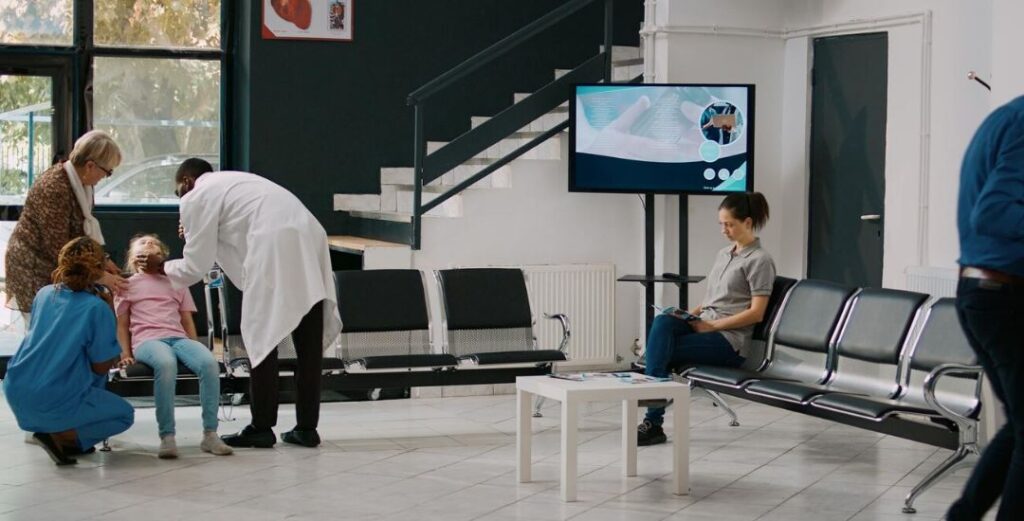
Originating as Wood Street Surgery, Tarahaoa Health Ltd. provides general practice access to Temuka and Geraldine that is both rooted in tradition and driven by aspirations for the future. While the new Maslin Street clinic in Geraldine, which is set to open in October 2024, represents a notably innovative step forward, the Temuka site, which is nestled on Wood Street, continues to provide comprehensive general practitioner and nursing services. This expansion shows a strong commitment to community wellbeing and is the result of five years of planning.
More than just a new name, the rebranding to Tarahaoa Health Ltd. represents a larger goal. “Tarahaoa” honors local Māori ancestry and adds a touch of cultural richness and purpose to every consultation by drawing on Ngāi Tahu heritage. The Temuka clinic’s receipt of Cornerstone accreditation attests to the upholding of high standards. As part of a planned, secure schedule, patients can depend on services that range from standard checkups to more specialized procedures like vaccinations—provided for children, adults, and expectant mothers.
| Field | Details |
|---|---|
| Name | Tarahaoa Health Ltd (formerly Wood Street Surgery) |
| Locations | 7 Wood Street, Temuka and 3/190 Talbot Street (Maslin St), Geraldine |
| Phone | (03) 615 7677 (Temuka), (03) 693 7701 (Geraldine) |
| office@tarahaoa.co.nz | |
| Website | www.woodstreet.co.nz |
| Directors | Dr Kirsty Russell (GP), Kim Carter (RN‑Prescriber) |
| Accreditation | Cornerstone Accredited |
| Primary Services | General practice, practice nursing, immunisation, flu vaccines |
| After-Hours Access | Contact surgery number for out-of-hours assistance |
| Patient Enrollment | Open to residents of Temuka, Geraldine, Pleasant Point |
| Community Focus | Committed to non-violence, diversity, equity |
| Reference Website | http://www.woodstreet.co.nz |
Dr. Kirsty Russell and Kim Carter, a general practitioner and nurse practitioner who are now co-directors, are the driving forces behind this endeavor. They have guided the change with a common goal. In 2010, they made the audacious decision to buy a rural general practitioner practice in Temuka. Within a year, they were able to enroll almost 800 patients through personal referrals and first-rate care.
Their strategy, which was founded on nurse-led leadership and professional trust, tackled a recurring issue in rural healthcare: finding and keeping responsive, interactive clinical teams. In addition to fortifying management, their union provided valuable insight into local patient care.
The impact on the community is already significant. Tarahaoa Health’s growing care contour guarantees that Temuka and Geraldine are both in line with changing public expectations. While Temuka continues to provide reliable local support, the Geraldine clinic on Maslin Street offers a contemporary healthcare hub. Both clinics are ideally situated to offer nearby rural towns easily accessible medical services.
Nurse leadership has been especially helpful behind the scenes. Kim Carter considers how connecting clinical practice and management can have a transformative impact; her choices, like starting educational placements and expanding staff roles, show a remarkably adaptable leadership style. The collaborative team, which includes nurses, family physicians, clinical assistants, and receptionists, provides integrated care based on common values, including equity, cultural diversity, and non-violence.
The approach taken by Tarahaoa Health is incredibly progressive given the current state of stressed rural healthcare logistics. Many rural practices at the federal level struggle with recruitment and funding shortages. By expanding its services and acquiring two clinics, keeping a steady workforce, and providing extended online booking, after-hours access, and enrollment options, Tarahaoa Health avoids these challenges. Additionally, their flexible structure meets the demands of contemporary healthcare delivery.
Vaccinations (adult flu, MMR, HPV, shingles), pregnancy immunizations, nurse-led clinics, and general medical care are among the clinics’ practical necessities. Their online presence is a glaringly obvious feature: Health 365 is used to manage appointments and repeat prescriptions, providing patients with a smooth medical access channel.
One of the new secondary pillars is education. In addition to providing early-career health professionals with rural primary care experience, both locations regularly host nursing and medical students. This investment benefits the entire community and feeds future recruitment pipelines.
The rebranding as Tarahaoa Health Ltd. has been well received, indicating innovation while maintaining local identity. The name elevates residents’ perceptions of their clinics and integrates care into the framework of local heritage by prioritizing a cultural narrative over aesthetics.
Global trends include technology-enhanced access, nurse practitioners in leadership positions, and multi-site rural chains backed by integrated teams. Although Tarahaoa Health functions on a different scale, it reflects more general frameworks for assistance that are observed elsewhere—a sort of “swarm of bees” in routine healthcare, where each member works together to create a dynamic and responsive ecosystem.
Beyond Geraldine or Temuka, this evolution has ramifications. The model can guide policy direction for rural healthcare by implementing digital patient portals, cultural integration, two-site planning, and nurse-led decision-making. It demonstrates how small clinics can embrace innovation and shift toward increased efficiency without sacrificing their sense of place or credibility.
Financial constraints still exist: workforce shortages and inflationary pressures have tightened margins for rural practices across the country. However, by spreading risk over a larger patient base, Tarahaoa Health’s dual-site strategy, steady clinician cohort, and digital infrastructure have helped to lessen those pressures.
The clinic serves as an example of how rural healthcare can combine innovation and tradition on a societal level. Patients are interacting with a health system that honors cultural narratives, makes use of contemporary access tools, and values community resilience in addition to simply accessing physicians. In addition to improving health outcomes, it fosters social cohesion.
There will be difficulties in the future, including competition for jobs from urban areas, rising demand due to an aging population, and intricate government funding formulas. However, there is hope because the clinic’s leadership, including Carter and Russell, has previously taken on a rural practice and converted it from a single site to a two-clinic model. They have a history of community alignment, equitable access to care, and patient growth.
In this way, Tarahaoa Health Ltd. serves as an excellent model for small-to-midsized rural health providers: patient-centered, nurse-inclusive, technologically savvy, and culturally sensitive. The model, which is regionally adaptable, is a compelling illustration of how neighborhood clinics can thrive in the upcoming primary healthcare decade.
